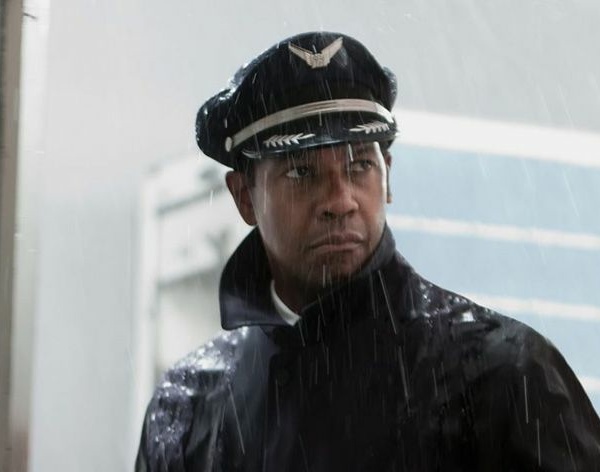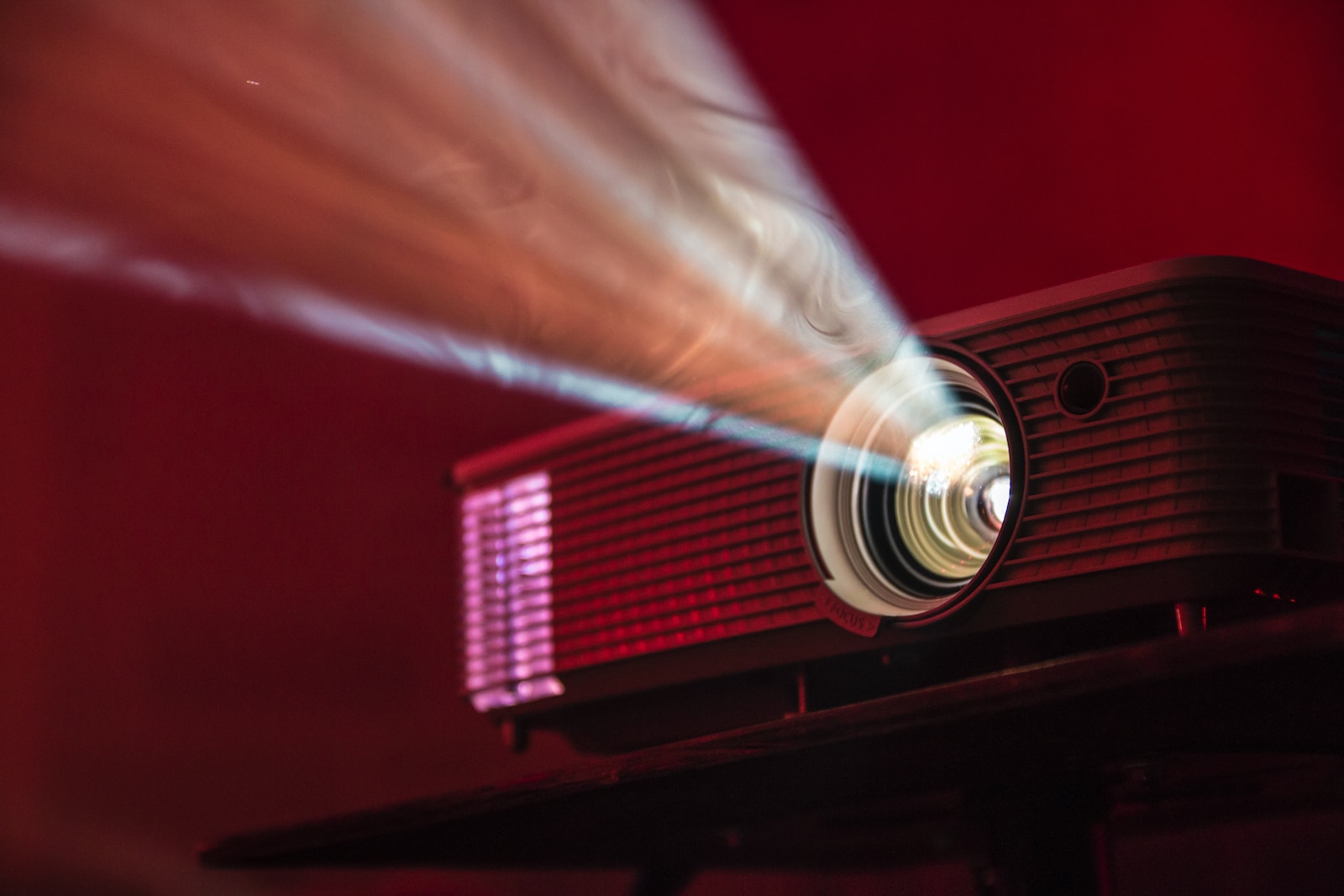
Lights, camera, audio! Today, let’s unravel the often-overlooked but absolutely essential element of filmmaking – sound design. As someone who’s been riding the cinematic waves for the past four years, I can’t help but marvel at the intricate dance between visuals and audio that creates the immersive world of movies. So, grab your headphones, turn up the volume, and let’s dive into the enchanting realm of cinematic soundscapes.
The Unseen Architects: What is Sound Design?
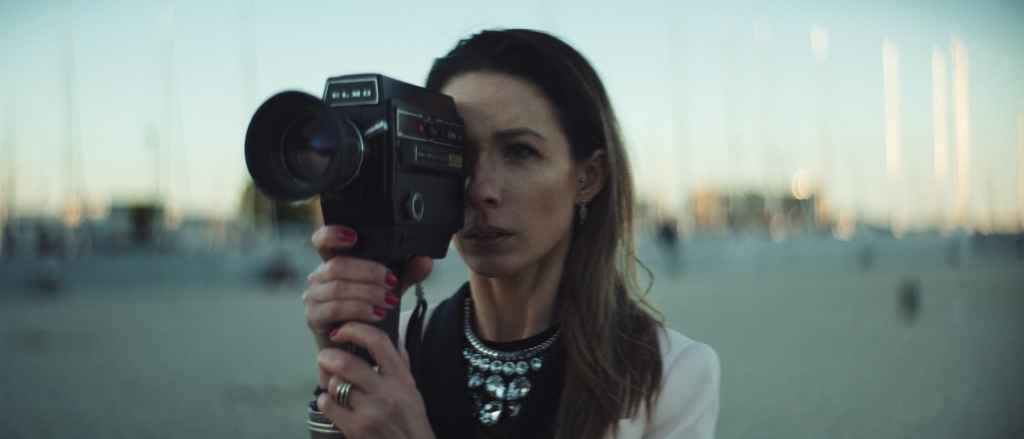
Before we embark on this sonic adventure, let’s demystify the term “sound design.” It’s not just about slapping a few background noises onto a scene. Sound design is the art of creating a sonic environment that complements the visual narrative, evokes emotions, and transports the audience into the heart of the story.
Imagine the sound of footsteps echoing through a deserted alley, the subtle rustle of leaves in a tense forest, or the heart-pounding beat of a drum in a suspenseful moment. That’s the magic of sound design – the unseen architect shaping the atmosphere of a film.
Hitchcock’s Shower Scene: The Power of Psycho-acoustics
To understand the impact of sound design, let’s revisit one of the most iconic scenes in cinematic history – the shower scene from Alfred Hitchcock‘s “Psycho” (1960). Bernard Herrmann’s screeching strings, combined with the sounds of a stabbing knife and Janet Leigh’s screams, created a symphony of horror that still sends shivers down the spine.
Hitchcock understood the power of psycho-acoustics – the study of how sound influences human emotions. In the shower scene, the auditory assault was as crucial as the visual imagery, creating an unforgettable cinematic moment. It’s a prime example of how sound design can elevate suspense and horror to new heights.
Spielberg’s Dino Roar: Creating Believable Worlds

In the realm of creating fantastical worlds, Steven Spielberg’s “Jurassic Park” (1993) is a sonic masterpiece. The sound design, led by Gary Rydstrom, played a pivotal role in bringing dinosaurs back to life. The iconic roar of the T-Rex, created by blending the sounds of a baby elephant, a tiger, and an alligator, became a symbol of the film’s awe-inspiring realism.
Every footstep, every rustle of leaves, and every primal growl contributed to the illusion that dinosaurs once again roamed the Earth. Spielberg, a master storyteller, recognized that the immersive power of his film relied heavily on the believability of its auditory landscape.
Silence as a Weapon: Tarantino’s Use of Negative Space
While sound design often conjures images of explosions and musical crescendos, silence can be just as powerful. Quentin Tarantino, known for his bold storytelling, often uses moments of silence strategically to build tension and suspense.
In “Kill Bill: Volume 1” (2003), during the epic battle between Uma Thurman’s character and the Crazy 88, Tarantino employs moments of near-silence. The absence of a bombastic score or constant sound effects creates a stark contrast, heightening the impact of each strike and adding a layer of visceral intensity. Silence, in this case, becomes a weapon in the filmmaker’s arsenal.
A Symphony of Emotion: Pixar’s Emotional Resonance

Pixar Animation Studios is renowned not only for its stunning visuals but also for its ability to craft emotionally resonant stories. A significant contributor to Pixar’s emotional depth is its meticulous approach to sound design.
Consider the opening sequence of “Up” (2009). Michael Giacchino’s poignant score, combined with the sound design, conveys a lifetime of emotions without a single word spoken. The creaking of the porch swing, the turning of pages in Ellie’s adventure book, and the melancholic notes of the piano create a symphony of emotion that tugs at the heartstrings. It’s a testament to the power of sound in conveying the unspoken.
Nolan’s Sonic Dreams: Interstellar’s Sonic Odyssey
Christopher Nolan, the visionary director known for his mind-bending narratives, understands the importance of sound in storytelling. In “Interstellar” (2014), Nolan collaborated with Hans Zimmer to create a sonic odyssey that transcended the traditional boundaries of film scoring.
Zimmer, using an organ as the primary instrument, created a deep and resonant score that mirrored the vastness of space. The use of low-frequency sounds, known as infrasound, added a physical dimension to the auditory experience, immersing the audience in the cosmic journey. Nolan’s commitment to pushing the sonic boundaries reflects the evolving role of sound design in modern cinema.
The Unsung Heroes: Foley Artists and Sound Mixers
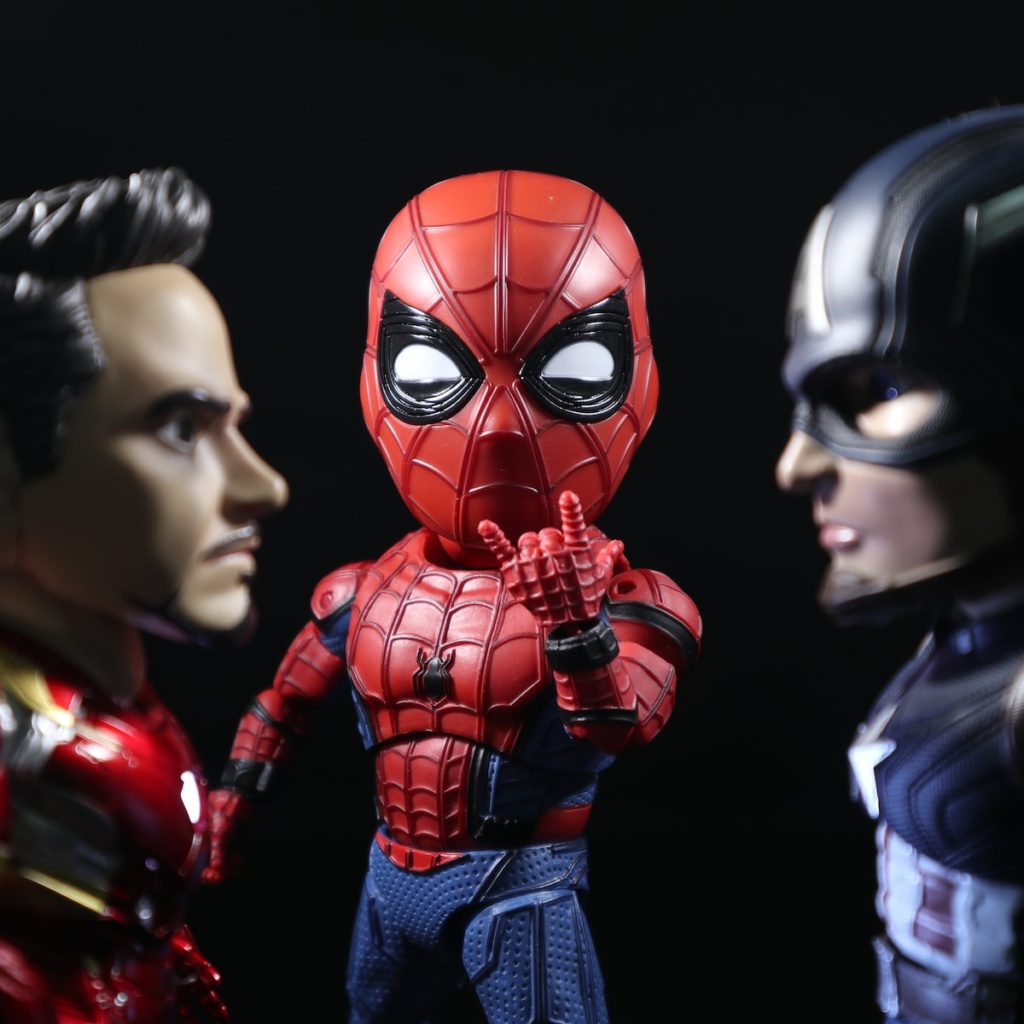
Behind every footstep, door creak, and rustling leaf lies a team of unsung heroes – the foley artists and sound mixers. Foley artists, like Jack Foley who pioneered the art in the early days of cinema, use a variety of props to recreate everyday sounds in sync with the on-screen action.
Sound mixers, on the other hand, orchestrate the balance and placement of different audio elements to create a cohesive and immersive experience. Their work involves layering dialogue, music, and sound effects to build the sonic world of a film.
Immersive Technologies: Dolby Atmos and Beyond
As technology advances, so does the potential for immersive sound experiences. Dolby Atmos, for instance, allows sound designers to position audio elements in a three-dimensional space, enveloping the audience in a 360-degree sonic environment. Films like “Gravity” (2013) and “Mad Max: Fury Road” (2015) leverage this technology to create an unparalleled sense of immersion.
The future promises even more innovations, with virtual reality and spatial audio technologies on the horizon. These advancements will further blur the lines between the on-screen world and the audience, heightening the impact of sound design on the cinematic experience.
Conclusion: The Harmony of Sight and Sound
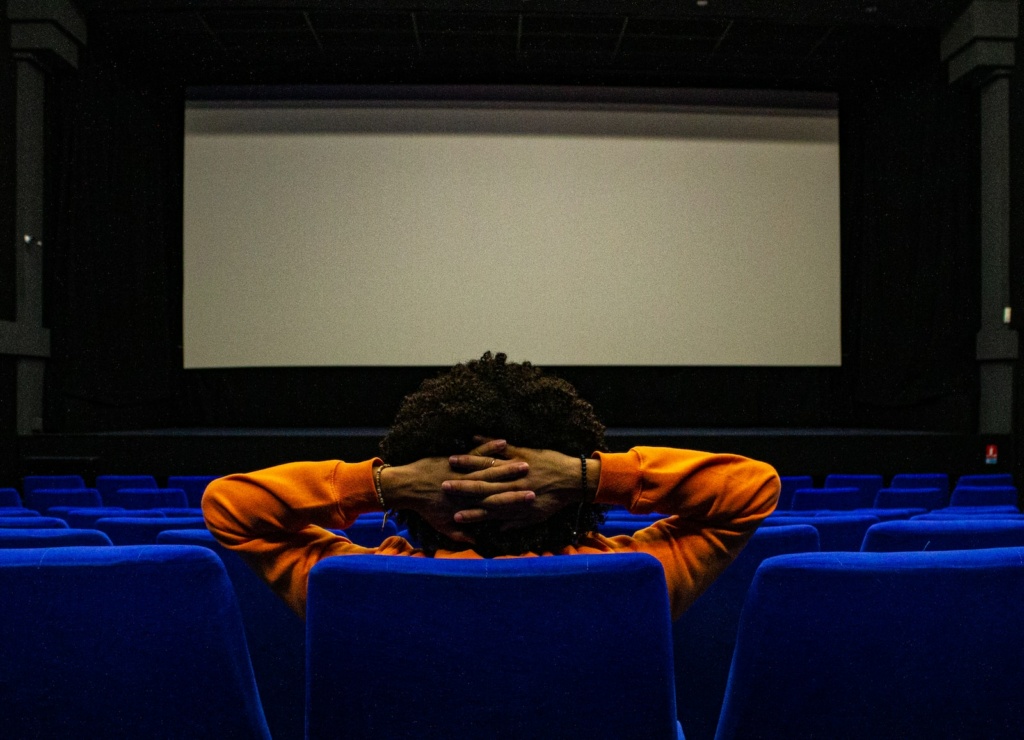
As we wrap up our exploration of cinematic soundscapes, it’s evident that sound design is not merely a backdrop; it’s an integral part of the storytelling process. From the subtle nuances that convey emotion to the bombastic explosions that shake the theater, sound design is the unsung hero that completes the cinematic symphony.
So, the next time you find yourself lost in a film’s world, pay attention to the whispers of the wind, the echoes of footsteps, and the orchestration of emotions through sound. As I continue my journey through the magical realm of movies, I’ll be listening for the subtle notes and thunderous roars that make each cinematic experience a harmonious blend of sight and sound.

